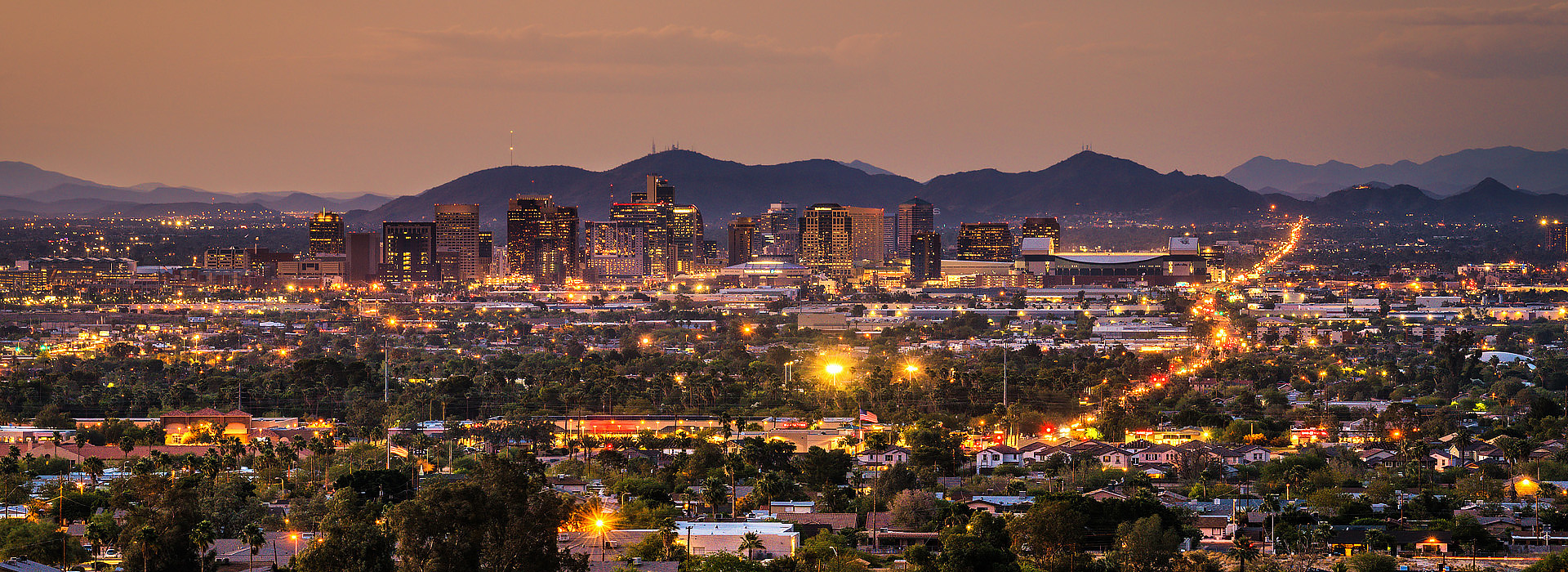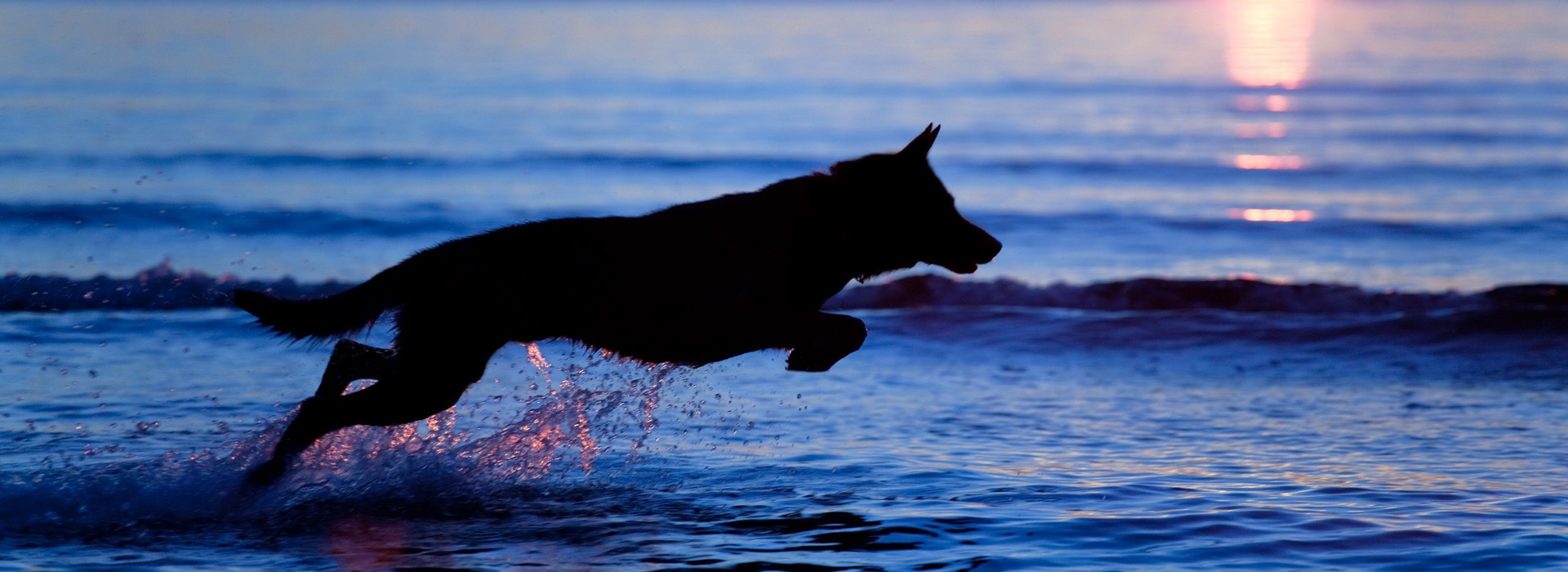Proving Owners’ Liability
To prove an owner’s liability an injured person must show the property owner has not upheld the required standard of safety. The most difficult aspect for an injured person to prove is that the owner’s knowledge of the condition and failure to correct the potential harm caused his or her injury. In order to attach liability to the owner the injured person has to prove the owner knew or should have known the about the potentially harmful situation. This can be difficult to establish.
Liability Defenses
A visitor or customer has a duty to exercise reasonable care for his or her own safety. When that degree of care is not maintained, an injured person’s liability increases by an amount attributable to his or her own negligence.
In cases where a person’s injuries are the result of slipping on an icy sidewalk or on a grape, lettuce leaf, banana peel or other food item that has fallen on a store floor, the property owner may or may not be liable for the person’s injuries.
Readily Apparent Harmful Condition
Property owners have a duty to maintain premises in order to prevent injuries to lawful visitors. But if a harmful condition is readily apparent to customers or other visitors, the property owner might be able to avoid liability because the injured person has a duty to protect himself or herself from the injury.
Reasonable Time
The property owner may also avoid liability if they can establish that the harmful situation had so recently occurred that the responsible persons had no reasonable opportunity to correct the condition and thus avoid the hazard before the plaintiff was injured. The plaintiff must show that the owner had a reasonable period of time in which they were able to discover the dangerous condition and remedy it. This determination of “reasonable time” varies from case to case.
Personal Injury Attorneys PLLC
Website


